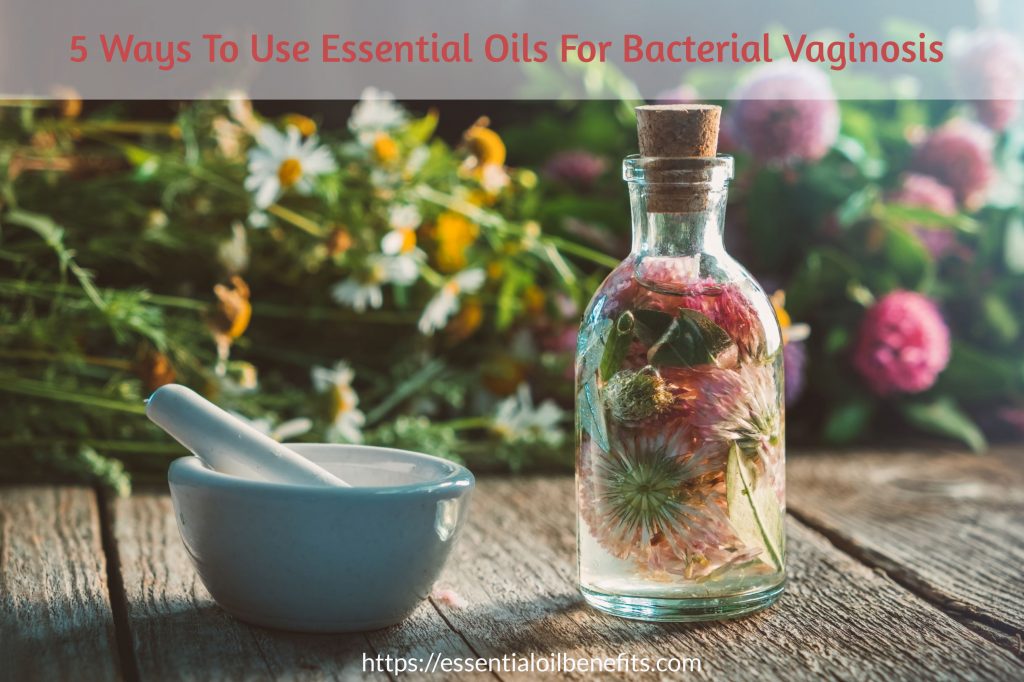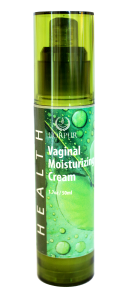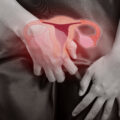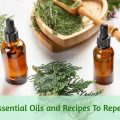Did you know that Bacterial Vaginosis (BV) is the most common cause of unusual vaginal discharge and that 1 in 3 people with a vagina get it at some point!
Although it’s twice as common as thrush, few women know about this particular vaginal ailment. In fact, if you are currently experiencing vaginal discomfort, there is a very good chance that it can be traced to Bacterial Vaginosis (BV). You can read more about Thrush and BV here.
How can I tell? Well, I am basing my guess on math! The condition is so common that nearly every woman has either already suffered from BV or will suffer from it at least once in her lifetime. Unfortunately, despite the very high occurrence rate of the issue,most gals know precious little about the problem. And that is what I am here to change…
Does Bacterial Vaginosis Bring Along Serious Risks?
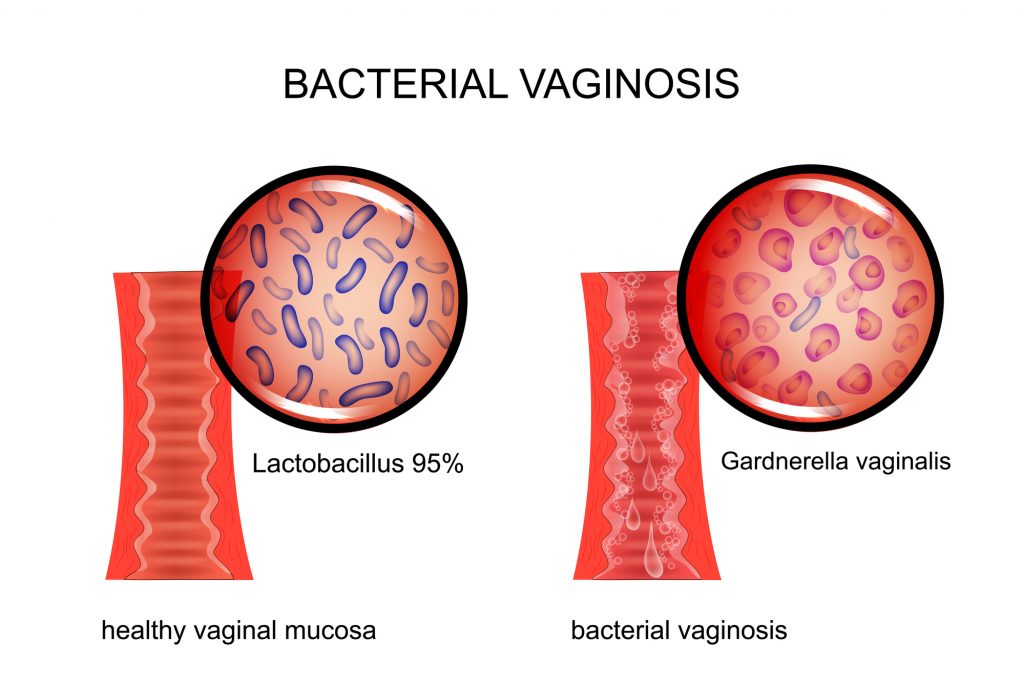
The answer is a big YES! What makes BV a big deal is the fact that it compromises the defense mechanism of the vagina. Simply put, it rolls out the red carpet for a lot of pathogenic critters, including those that cause gonorrhea, chlamydia, trichomoniasis and herpes. The infection also increases the chances of both contracting and transmitting HIV.
In pregnant women, BV can cause preterm birth, dangerously low birth weight and several other complications. If the unwanted critters are allowed to run amuck, they can quickly travel up and even outside the birth canal, causing uterine and urinary infections. And that is not the worst of it!
Like any other infection, BV causes inflammation as your body tries toward off the germs. The inflammation turns chronic if the infection recurs and even travels upwards impacting the other reproductive organs and causing pelvic inflammatory diseases. This is a known cause of infertility.
But the most dangerous aspect of BV is its ability to lurk silently in the system causing a whole lot of damage. To complicate matters, because many of the initial symptoms are perceived as normal, BV often goes undetected and untreated for months. All your FAQ and more about BV can be found here.
So, How Do You End Up With Bacterial Vaginosis?
Like your gut, mouth and nose, your vagina also plays home to a variety of microorganisms, including bacteria, viruses and fungus. Lactobacillus bacteria are the protectors of the unique vaginal microbiota.
These symbiotic bacteria not only help to control the population of the internal pathogenic microorganisms but also prevent outside critters from thriving in the vaginal environment. And you can thank their ability to keep the vaginal environment slightly acidic for all these protective benefits.
Those acids do all the work: Lactobacillus bacteriarelease both lactic acid and hydrogen peroxide, which help maintain the vaginal pH between 3.8 and 4.2. The acidic environment proves to be inhospitable for resident pathogenic critters as well as those that come from the outside.
The bacterial biofilm creates a defensive wall: These microorganisms are also responsible for the slimy bacterial film that coats the vaginal walls. This glue like substance helps in multiple ways.
- It keeps the vaginal tissue moist and adds to the lubricating effect of vaginal secretions during intercourse.
- Above all, it prevents harmful pathogens from getting close to the vaginal tissue.
- The stickiness of the biofilm helps to trap the pathogens, which are eventually moved out of the vaginal canal with the vaginal discharge.
- Similarly, it also stops pathogens that come from the outside from getting a foothold inside the vaginal cavity.
In return for everything these friendly bacteria do, they get to feed on the glycogen in normal vaginal secretions. It is this glycogen that the bacteria end up converting into lactic acid.
13 Factors That Increases Your Risk Of Bacterial Vaginosis
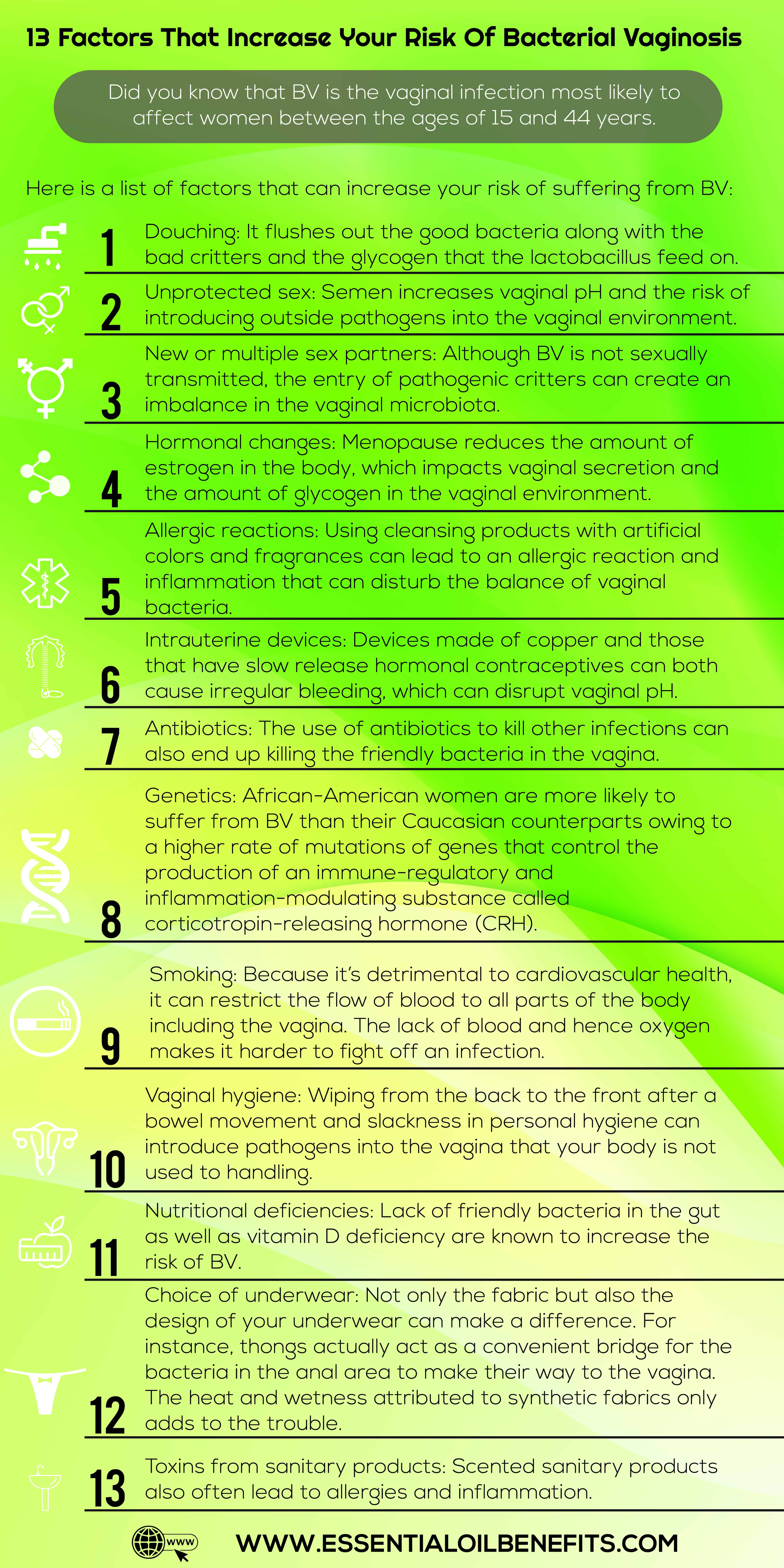
The trouble starts when the good bacteria are no longer around!
Anything that disrupts the number of lactobacillus bacteria or their source of food (read glycogen) creates an imbalance, which is the starting point of trouble.Think of it as a mutiny on the inside with harmful, resident critters taking over as the friendly bacteria are no longer around to afford protection. And once the bad guys begin to rule, they have no problem allowing other bad guys to join in the fun.
BV is not a sexually transmitted infection (STI). In fact, you cannot get it from men at all although there is some indication that sex with women or using sex toys used by a woman who is suffering from BV can cause or at least greatly increase the risk of the infection. And did you know that BV is the vaginal infection most likely to affect women between the ages of 15 and 44 years.
At this point, the exact cause of why the good bacteria go on leave is not known to the medical community. So, all we have right now is a list of factors that can contribute to your risk of suffering from the infection. These include:
1. Douching
It flushes out the good bacteria along with the bad critters and the glycogen that the lactobacillus feed on.
2. Unprotected sex
Semen increases vaginal pH and the risk of introducing outside pathogens into the vaginal environment.
3. New or multiple sex partners
Although BV is not sexually transmitted, the entry of pathogenic critters can create an imbalance in the vaginal microbiota.
4. Hormonal changes
Menopause reduces the amount of estrogen in the body, which impacts vaginal secretion and the amount of glycogen in the vaginal environment.
5. Allergic reactions
Using cleansing products with artificial colors and fragrances can lead to an allergic reaction and inflammation that can disturb the balance of vaginal bacteria.
6. Intrauterine devices
Devices made of copper and those that have slow release hormonal contraceptives can both cause irregular bleeding, which can disrupt vaginal pH.
7. Genetics
African-American women are more likely to suffer from BV than their Caucasian counterparts owing to a higher rate of mutations of genes that control the production of an immune-regulatory and inflammation-modulating substance called corticotropin-releasing hormone (CRH).
8. Antibiotics
The use of antibiotics to kill other infections can also end up killing the friendly bacteria in the vagina.
9. Smoking
Because it’s detrimental to cardiovascular health, it can restrict the flow of blood to all parts of the body including the vagina. The lack of blood and hence oxygen makes it harder to fight off an infection.
10. Vaginal hygiene
Wiping from the back to the front after a bowel movement and slackness in personal hygiene can introduce pathogens into the vagina that your body is not used to handling.
11. Choice of underwear
Not only the fabric but also the design of your underwear can make a difference. For instance, thongs actually act as a convenient bridge for the bacteria in the anal area to make their way to the vagina. The heat and wetness attributed to synthetic fabrics only adds to the trouble.
12. Nutritional deficiencies
Lack of friendly bacteria in the gut as well as vitamin D deficiency are known to increase the risk of BV.
13. Toxins from sanitary products
Scented sanitary products also often lead to allergies and inflammation.
What Are The Symptoms Of Bacterial Vaginosis
The symptoms of bacterial vaginosis are actually hard to miss, which begs the question – then what makes the condition go undetected?
Blame it on the misconceptions surrounding normal vaginal behavior. Although the early symptoms are unmistakable and women are bound to notice them; they are often brushed aside as normal. Take a look at the list below and you will know what I am talking about:
- Fishy vaginal odor that gets worst after sex and during and after periods.
- Watery discharge which can be yellowish or grayish white.
- Vaginal itching and inflammation.
- Vulvar itching, swelling and inflammation.
- Urinary tract infection that leads to a burning sensation when urinating.
- Significant vaginal discomfort and possible bleeding after intercourse.
When these symptoms are not ignored, women tend to take counterproductive measures to deal with them such as douching, excessive washing of the vulvovaginal area with perfumed products and OTC antifungal ointments. The net effect is a worsening of the symptoms and the underlying condition.
Why Should You Use Essential Oils To Treat Bacterial Vaginosis?
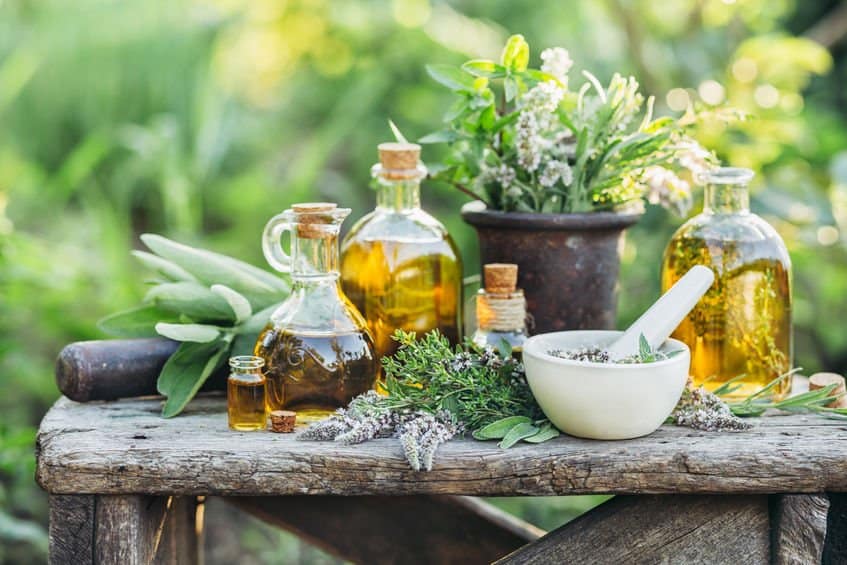
Undoubtedly, it is important to kill the pathogenic critters that takeover the vaginal microbiota, but this cannot be done at the cost of the “good guy” bacteria. After all, it would not make sense to further lower their count when a plunge in their population is what heralds the condition.
Unfortunately, antibiotics which are frequently used to treat BV are known for their indiscriminate killing spree. So, even though they do kill the pathogens, they leave the environment rife for attacks from the outside, which is exactly what happens. Most women not only suffer from a second episode of BV within weeks/months of being cured of the first, but also tend to swing between yeast infection and BV.
But, essential oils can stop this dreaded cycle. The terpenes in these oils are potent antimicrobial agents that not only work against pathogenic bacteria but are also effective against viral and fungal infections.
The biggest benefit is that while these oils kill the bad critters even at very low concentrations, they don’t do much harm to the peroxide and lactic acid producing bacteria. Additionally, they help to keep the inflammation in check.
If that is not enough, the pleasing and soothing aroma of these oils tackles vaginal malodor, vaginal dryness as well as the anxiety and irritation caused by BV. The best part is that you can use these oils in conjunction with any antibiotic medication prescribed to you.
What Are The Most Effective Essential Oils For Bacterial Vaginosis
- The essential oils of lavender and tea tree eliminate the pathogenic germs without harming lactobacillus acidophilus.
- Rose geranium and palma rosa essential oils offer dual healing by controlling the inflammation and killing the germs that cause the infection and the tissue damage.
- The essential oils of thyme and turmeric offer broad spectrum anti-inflammatory protection, preventing the onset of secondary infections caused by both internal and external viruses and fungus.
- Clary sage essential oil with its anti-bacterial properties help to soothe the irritation, itching and burning in the vulvovaginal area.
5 Essential Oils Recipes For Bacterial Vaginosis
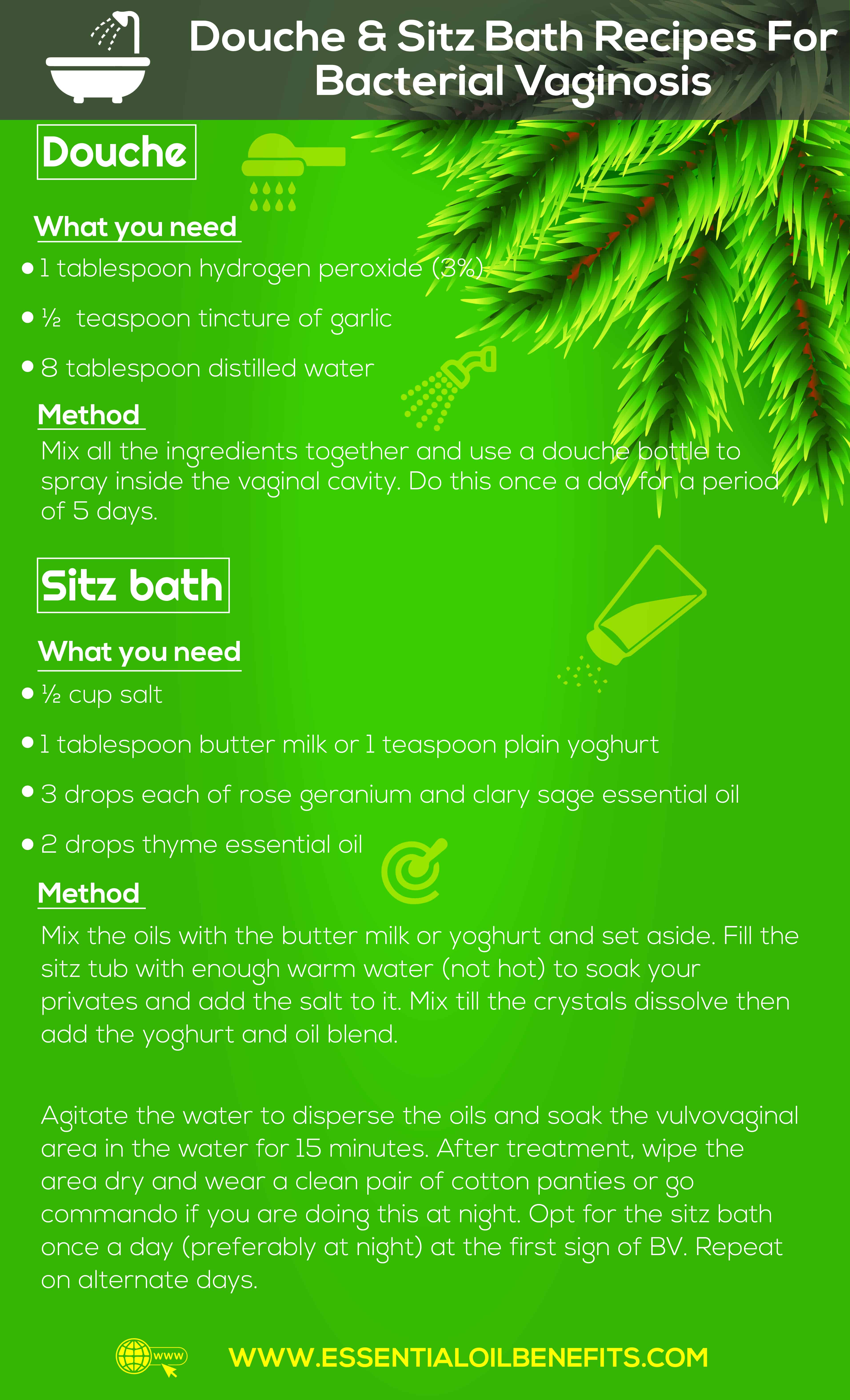
1. Essential oil vaginal suppository to treat BV
What you need
- 1 cup virgin coconut oil
- 4 tbsp calendula macerated oil
- 10 drops each palmarosa, rose geranium and tea tree essential oil
- 6 drops thyme essential oil
- 2 tbsp golden seal herb powder
- 1 tsp turmeric powder
Method
Virgin coconut oil is in solid state at room temperature. So, melt it in a double boiler and take if off the stove. Add calendula infused oil and the herbal powders to it. Whisk till there are no lumps and then add the essential oils to the mixture. Stir for about a minute and pour into vaginal suppository molds.
Keep in the refrigerator for a few hours and the suppositories will be ready for use. Remove from the molds and store in a glass jar under refrigeration. Use 1 suppository every night for up to a week. Because both turmeric and golden seal cause yellow stains on fabrics, use sanitary pads to catch the lipid drops that leak out of the vaginal cavity.
2. Douche for vaginal discomfort caused by BV
What you need
- 1 tbsp hydrogen peroxide (3%)
- ½ tsp tincture of garlic
- 8 tbsp distilled water
Method
Use this only if you have a confirmed diagnosis of BV. Mix all the ingredients together and use a douche bottle to spray inside the vaginal cavity. Do this no more than once a day for a period of 5 days and follow with the yogurt suppository recipe (daily use after douching) given below.
3. Antimicrobial ointment for vulvovaginal area
What you need
- 15 ml jojoba oil
- 15 ml cocoa/kokum butter or coconut oil (virgin)
- 5 drops each of lavender, tea tree and helichrysum essential oil
- 4 drops of clary sage essential oil
Method
Melt the plant butter or coconut oil in a double boiler and remove from heat. Mix in the other oils and whisk well for 2-3 minutes. Allow the mixture to cool for 4-5 minutes. At this point, the mixture will be hazy and in a semi-liquid state. Whisk again for 1-2 minutes.
Remove into a dark colored glass jar and use as you would any antibacterial ointment. You can apply this ointment on the vulva and the area around the vaginal opening including the perineum but do not apply inside the vagina. Always wash your hands before applying anything in or around the pubic area. Use a fresh tooth pick or a Q tip to remove as much ointment as you need,instead of dipping your finger into the jar.
4. Sitz bath for BV and vulvovaginal candidiasis
What you need
- ½ cup salt
- 1 tbsp butter milk or 1tsp plain yoghurt
- 3 drops each of rose geranium and clary sage essential oil
- 2 drops thyme essential oil
Method
Mix the oils with the butter milk or yoghurt and set aside. Fill the sitz tub with enough warm water (not hot) to soak your privates and add the salt to it. Mix till the crystals dissolve then add the yoghurt and oil blend.
Agitate the water to disperse the oils and soak the vulvovaginal area in the water for 15 minutes. After treatment, wipe the area dry and wear a clean pair of cotton panties or go commando if you are doing this at night. Opt for the sitz bath once a day (preferably at night) at the first sign of BV. Repeat on alternate days.
5. Essential oil vaginal suppository to prevent BV
What you need
- 2 tbsp plain yoghurt
- 1 drop each of lavender, palma rosa and turmeric essential oil
Method
This is specifically for women who are suffering from recurrent BV or have a health condition that makes them more vulnerable to the ailment. The recipe is quite simply. All you have to do is whisk the yoghurt (whey and solids) till you get a creamy lotion like mixture. Add the oils to the whisked yoghurt and mix well for another minute.
Soak a tampon in the mixture and insert in the vagina. Keep it in for 2hours then discard. You do not have to wash the vaginal area immediately after this treatment. For re-balancing vaginal microbiome, use the suppository once a day for a period of 7 days and if using it as a preventative measure, use once a week. Other instructions as those for recipe 1.
In Conclusion
The thing to remember here is that BV is simply the tip of the imbalance iceberg. In fact, you should think of it as your body’s call for help. Symbiotic microorganisms not only live in the human vagina but also in your mouth, gut, on the skin and in/on the other parts of your body.
These bugs play a crucial role in the defense mechanism of the body. Unhealthy living, stress, poor hygiene and lack of proper nutrition can all impact these microorganisms. So, if you suffer from BV, say no to smoking and sugar and load up on probiotics.
Combining oral and topical probiotic treatment not only helps to treat BV but also significantly lowers the risk of recurrence. The best part is that the gut and vagina friendly bacteria also keep your tummy and your heart healthy. So, it is a win all the way for your body!
Recommended Product
Although not strictly for BV, you could use the L’orpur Vaginal Moisturizing Cream for a range of purposes, including to deal with dryness, odor and much more. Click here or the image below to read more about the natural vaginal cream.

